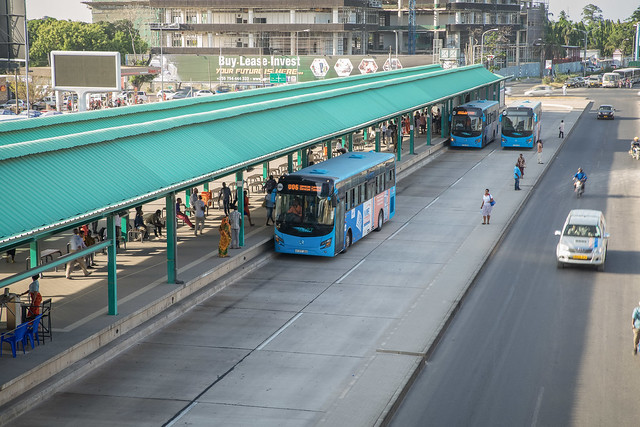Urban landscapes are constantly evolving, and with them, the demands placed on our transportation systems. As cities grapple with growing populations, increased traffic congestion, and the urgent need for sustainable solutions, the concept of “smart urban transport” has emerged as a vital component of a thriving and livable metropolis. But what exactly makes a transport system “smart”?
1. Real-Time Information and Predictive Analytics:
Gone are the days of relying solely on static timetables. Smart transport systems leverage real-time data from various sources like GPS-enabled vehicles, traffic sensors, maintains bus schedule for bus and passenger feedback. This information is then processed to provide users with up-to-the-minute updates on traffic conditions, public transport schedules, delays, and even alternative routes. Furthermore, predictive analytics utilize historical data to forecast future congestion patterns, allowing for proactive adjustments to traffic flow and public transport schedules.
2. Integrated Ticketing and Payment Systems:
Using public transportation might be significantly discouraged by a fragmented ticketing system. Smart systems provide integrated solutions that let consumers use a single platform, frequently a smartphone app or smart card, to plan, schedule, and pay for their whole trip across various modes of transportation, including buses, trains, trams, and even shared mobility services. This smooth experience lessens dependency on private vehicles and promotes broader use of public transportation.
3. Intelligent Traffic Management:
Using traditional traffic lights is one aspect of intelligent traffic management. Traffic signal timings are continuously adjusted in response to real-time traffic flow using sensors, cameras, and algorithms. Through traffic flow optimization, congestion reduction, and idle time elimination, this technique lowers emissions and enhances air quality. Adaptive cruise control is one example of a connected car technology that improves traffic flow and safety by allowing cars to communicate with each other and with infrastructure.
4. Electric Vehicle (EV) Infrastructure and Support:
The shift towards electric vehicles is crucial for achieving sustainable urban transport. Smart systems facilitate this transition by providing a robust network of charging stations strategically located throughout the city. Furthermore, they can integrate EV charging into smart grids, optimizing energy consumption and minimizing the impact on the power grid.
5. Data-Driven Decision Making:
Ultimately, the power of a smart urban transport system lies in its ability to collect and analyze data to inform policy decisions and infrastructure improvements. By understanding travel patterns, peak hours, and areas of congestion, city planners can make informed decisions about expanding public transport routes, improving road infrastructure, and implementing policies that promote sustainable mobility.
The goal of smart urban transport systems is to make our cities more accessible, efficient, and sustainable in the future—it is not simply about technology. By adopting these fundamental characteristics, we can change how we navigate urban bus schedule for bus and make them more livable and pleasurable for all.
